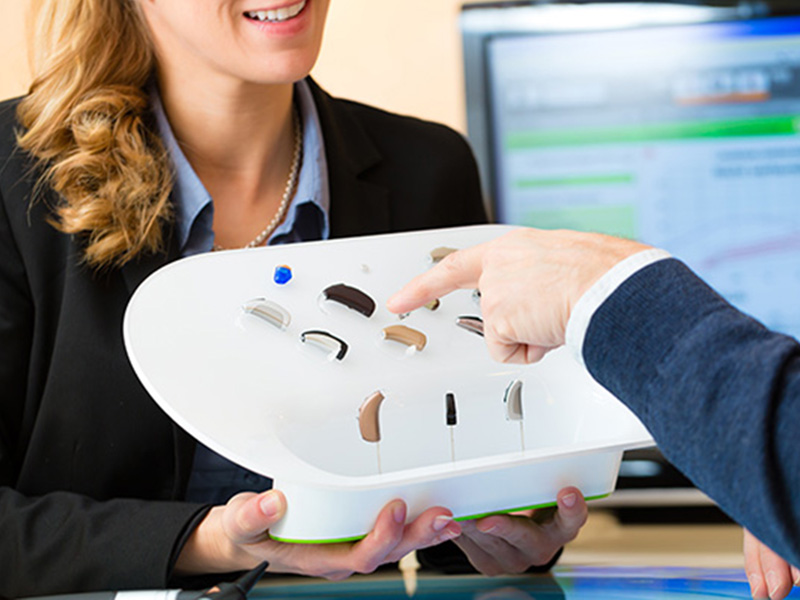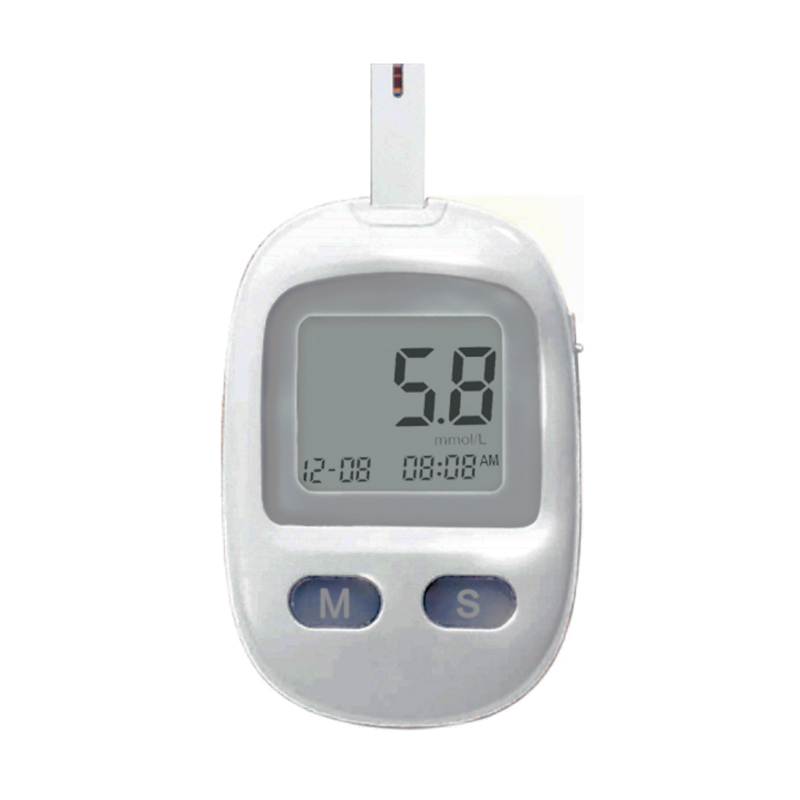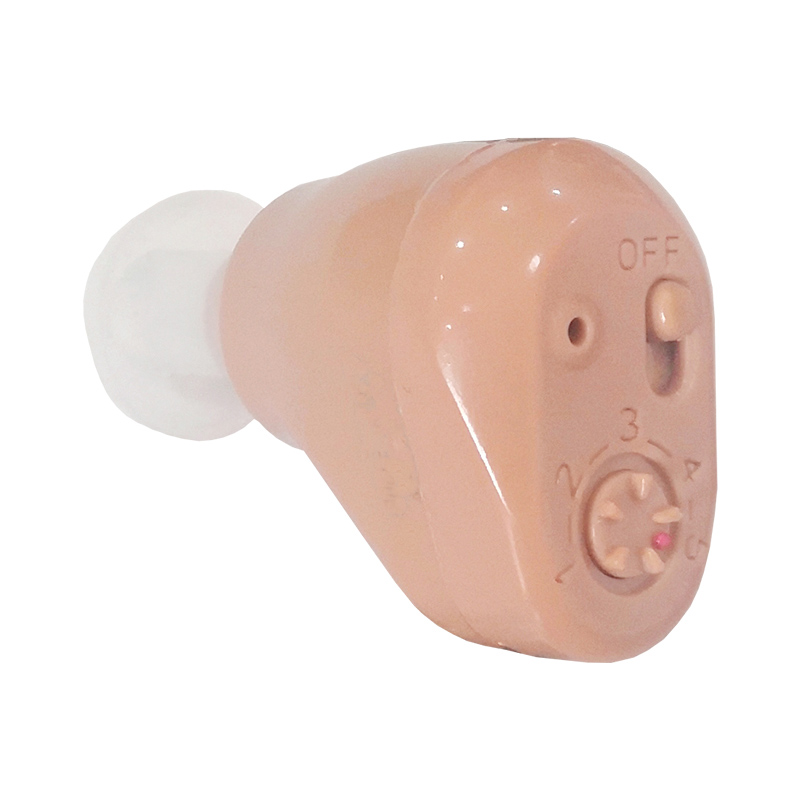Wonderful High Technology Used in Hearing aids manufacture

Anti-phase feedback
Identifies whistles and eradicates feedback. Can also be known as feedback management, feedback cancellation and ultra whistle control manager. Most hearing aids on the market today utilize this technology.
Automatic acclimatisation adaptation
An intelligent self-learning capability where the hearing device can learn and change the amplification levels as opposed to the audiologist doing it manually.
Automatic compression
Automatic compression allows low-level sounds to be amplified while simultaneously preventing loud noises. That will lead to a more balanced listening experience while protecting against dangerous noise levels.
Automatic noise detection/reduction
Again this is usually found in most hearing aids available today. It is a feature that detects and eliminates loud or sharp background noises like hammering or the clicking of plates, etc. It can also be labelled as transient noise reduction or impulse noise reduction.
Bands or channels
Most instruments split the frequency rage and segregate them into bands or channels. They can then be fine-tuned to improve the hearing of individuals. More bands can allow for improved tracking of the hearing loss pattern. However, more bands do not necessarily mean better quality. Still, it can give an audiologist better flexibility when fine-tuning hearing devices for specific scenarios.
Choice of listening programs
Some devices come equipped with pre-set listening programs. That is essentially a software that can detect an environment and adjust the sound levels automatically, for example, in a loud bar or traffic. Many digital hearing aids can give the user multiple options, and they can choose between them to suit their current situation.
Direct audio input(DAI)
DAI is how digital hearing devices connect to third-party audio interfaces such as music systems, headphones and mobile phones in the form of a cable and adaptor plug. However, this has been superseded by wireless technology.
Ear to ear directionality or wireless
You will likely have been introduced to this technology before. It is the new way devices talk to each other. Your hearing device may also synchronise various features to reduce confusion such as directional microphones to form a single hearing system and prioritise speech. Usually, this is done automatically to prevent the user from having to do it themselves.
Frequency lowering
Your hearing instruments are designed to take a specific frequency of sound and transpose it to a level where your hearing is better. That process can also be carried out through frequency transposition and frequency compression.
Low-battery indicator
A low battery indicator simply tells a user when to change or charge the batteries.

Microphones
Your hearing aids pick up sounds using various microphones.
1.Omni-directional microphones. They detect sound at 180 degrees around you. So when wearing two devices, the field of sound becomes 360 degrees.
2.Adaptive microphones. They are also known as binaural multiband adaptive directionality. This microphone will identify where the speech is strongest and amplify while reducing annoying background noise.
3.Directional microphones. A hearing aid has two microphones pointing in the opposite direction. In a noisy environment, the rear-facing microphone is turned off, to allow the hearing aid to amplify the sound in front of the user. That is a particularly useful feature that allows a person to focus, especially in one on one conversations. Modern devices can automatically detect the type of environment it finds itself in and can automatically turn the microphones on or off without the user having to touch anything.
Music programme
Also known as an equaliser, a hearing device can optimize itself for listening to music.
Sound softener
Another common feature. A sound softener attacks and suppresses transient noise.
Telecoil (also known as a loop)
A telecoil is a tiny coil inside your hearing aids. The coil is designed to work as a small receiver which detects signals from a loop system that acts as an electromagnetic field—hearing aids that have this feature convert this field into a sound signal. Because only the signal from the loop system’s microphone is amplified, background noise is shut out.
Vents
Small cutouts in the earmoulds that help to minimise the clogged sensation people can sometimes experience when wearing hearing aids.Wax guard or trap
A simple device that is incorporated in most hearing aid styles unless you have an earmold. It helps to prevent wax build-up in the ear.
Wind noise manager or reduction
This feature can detect wind blowing and will reduce low frequencies and adjust for the noise. If the wind is blowing across one hearing aid, it will reduce the amplification in the low frequencies automatically to reduce the wind noise. This feature is handy for people who spend a significant amount.




